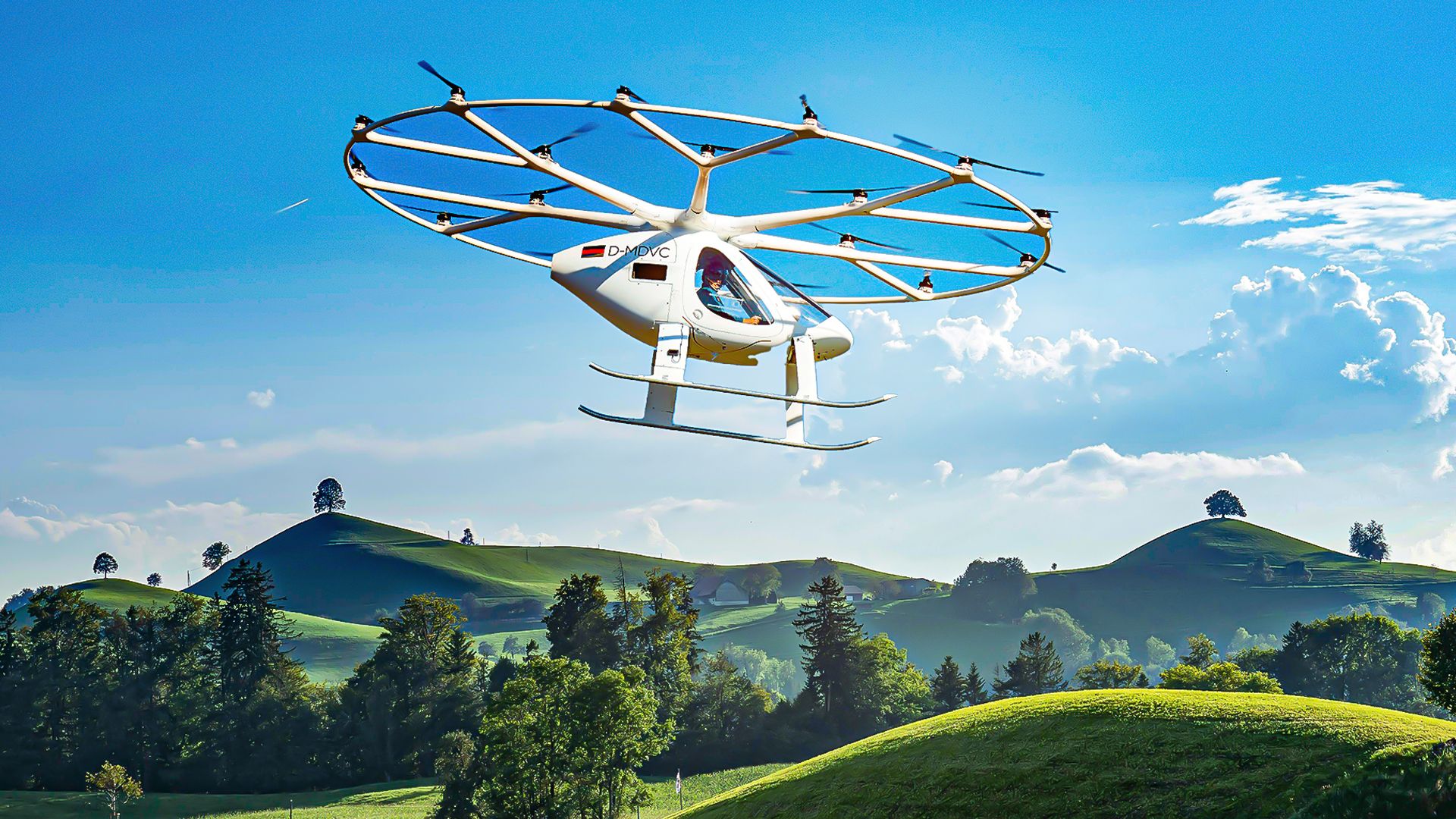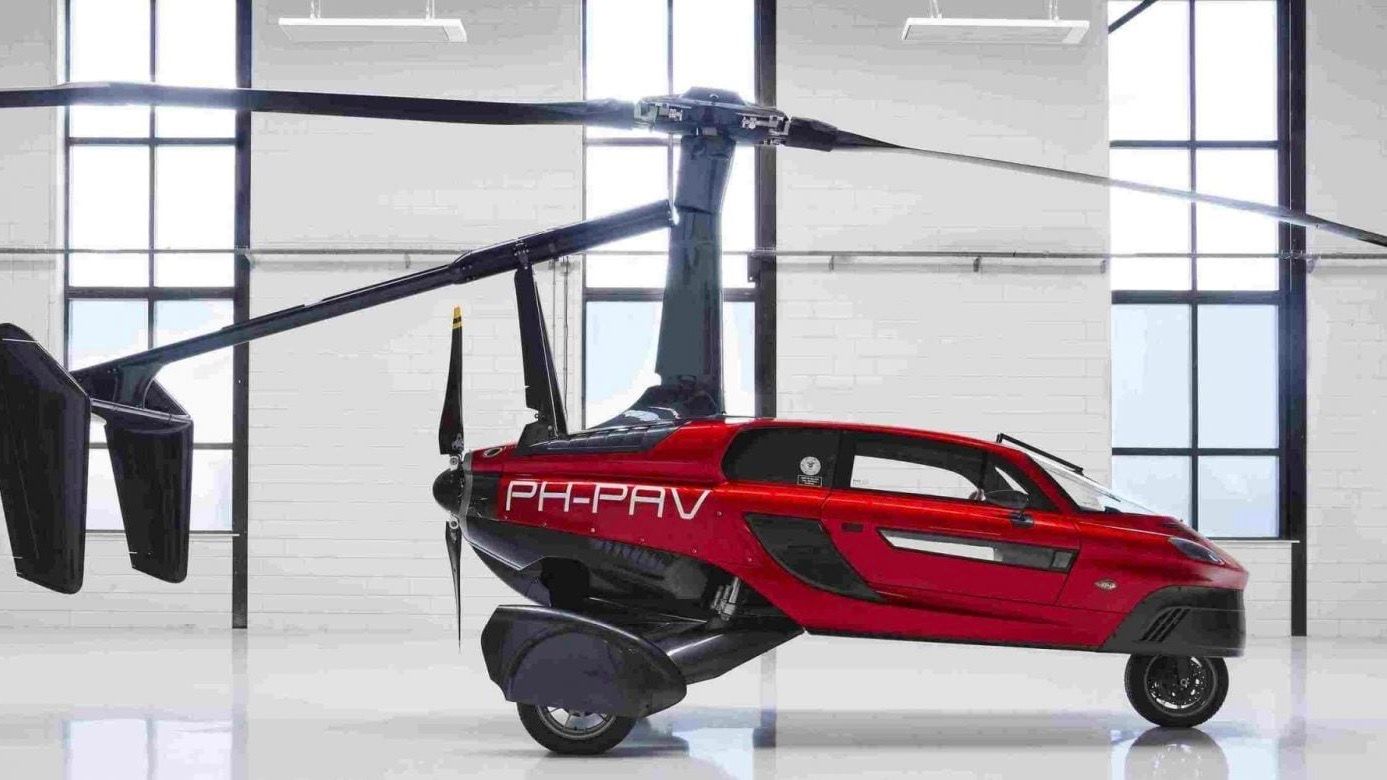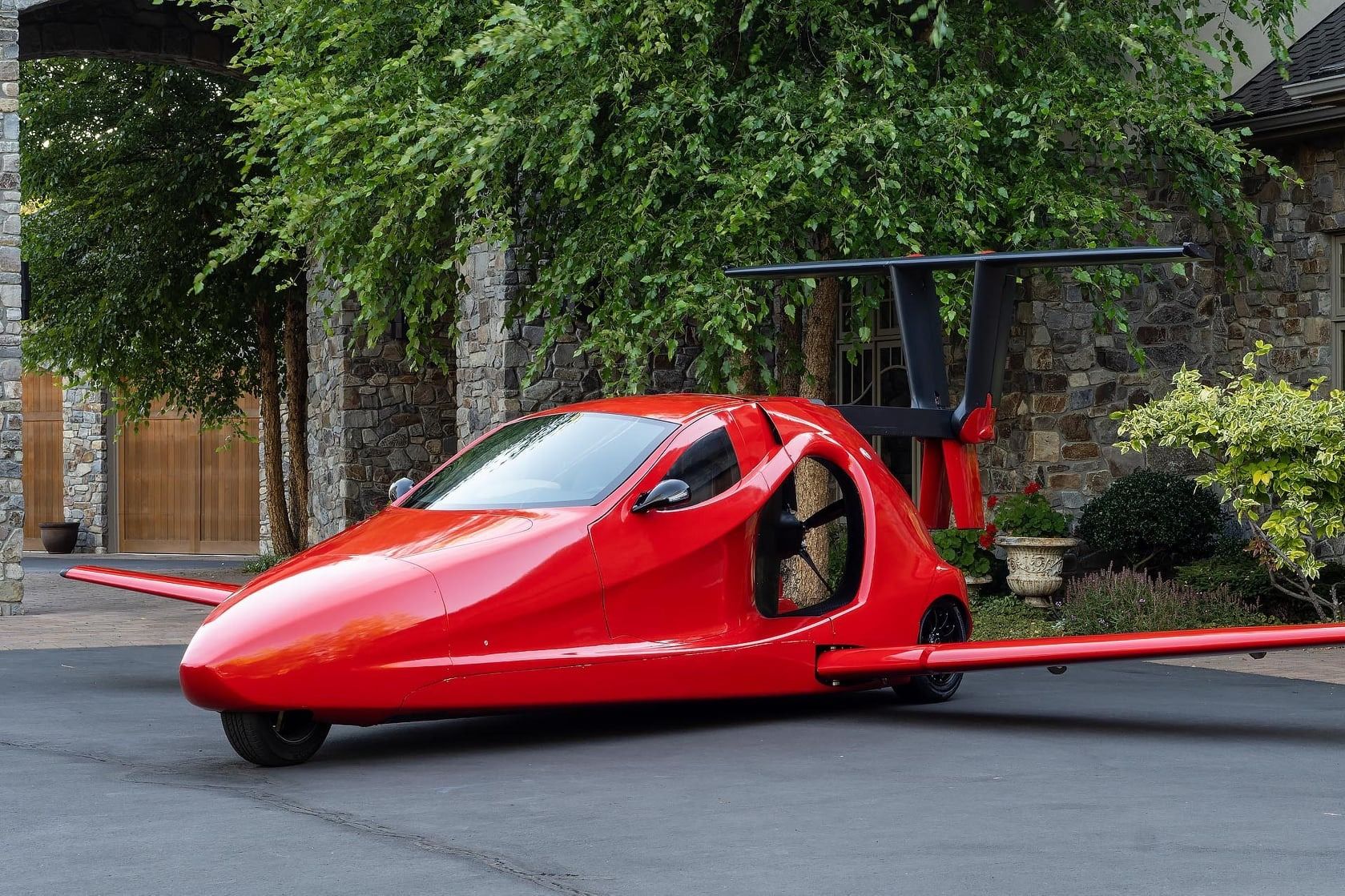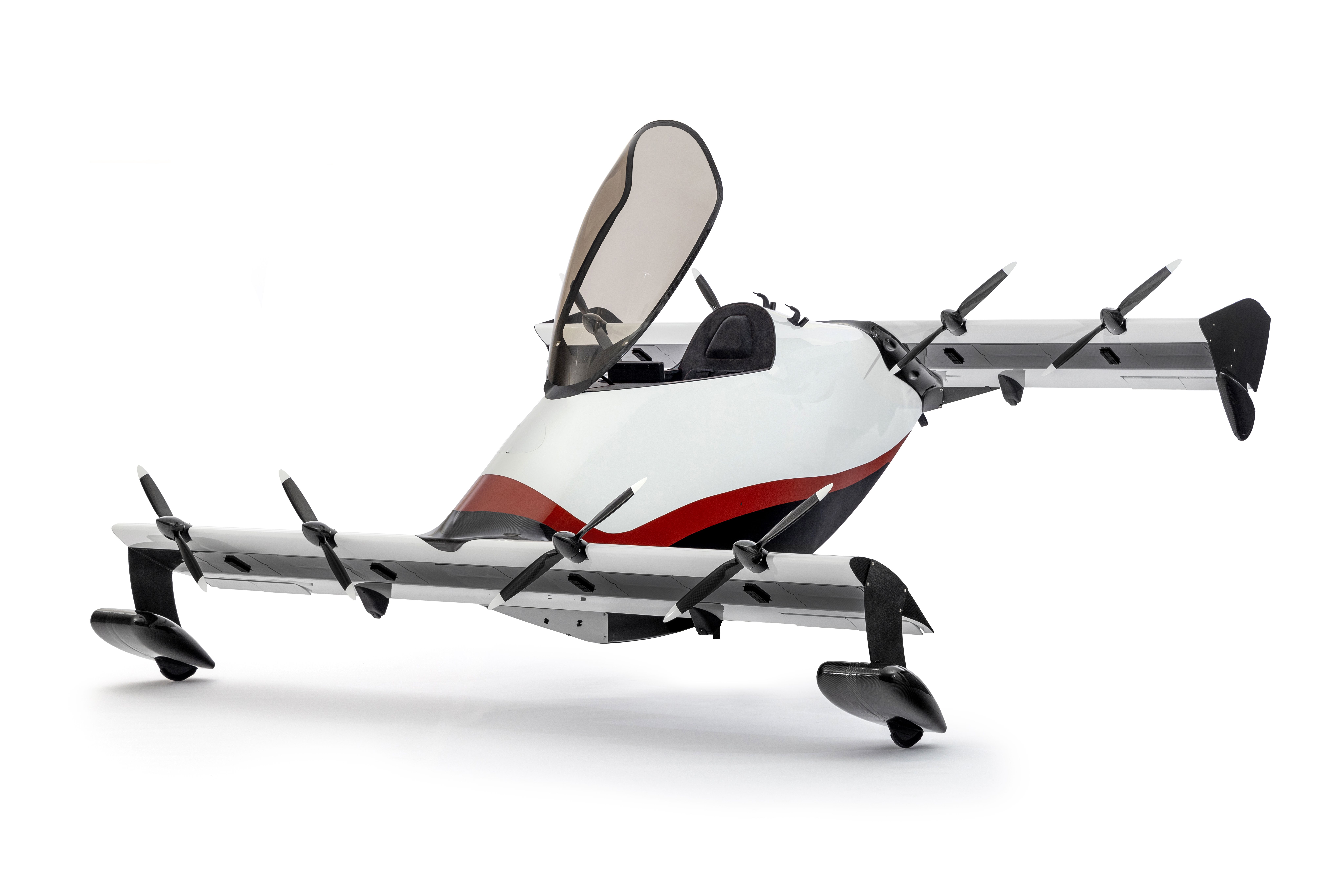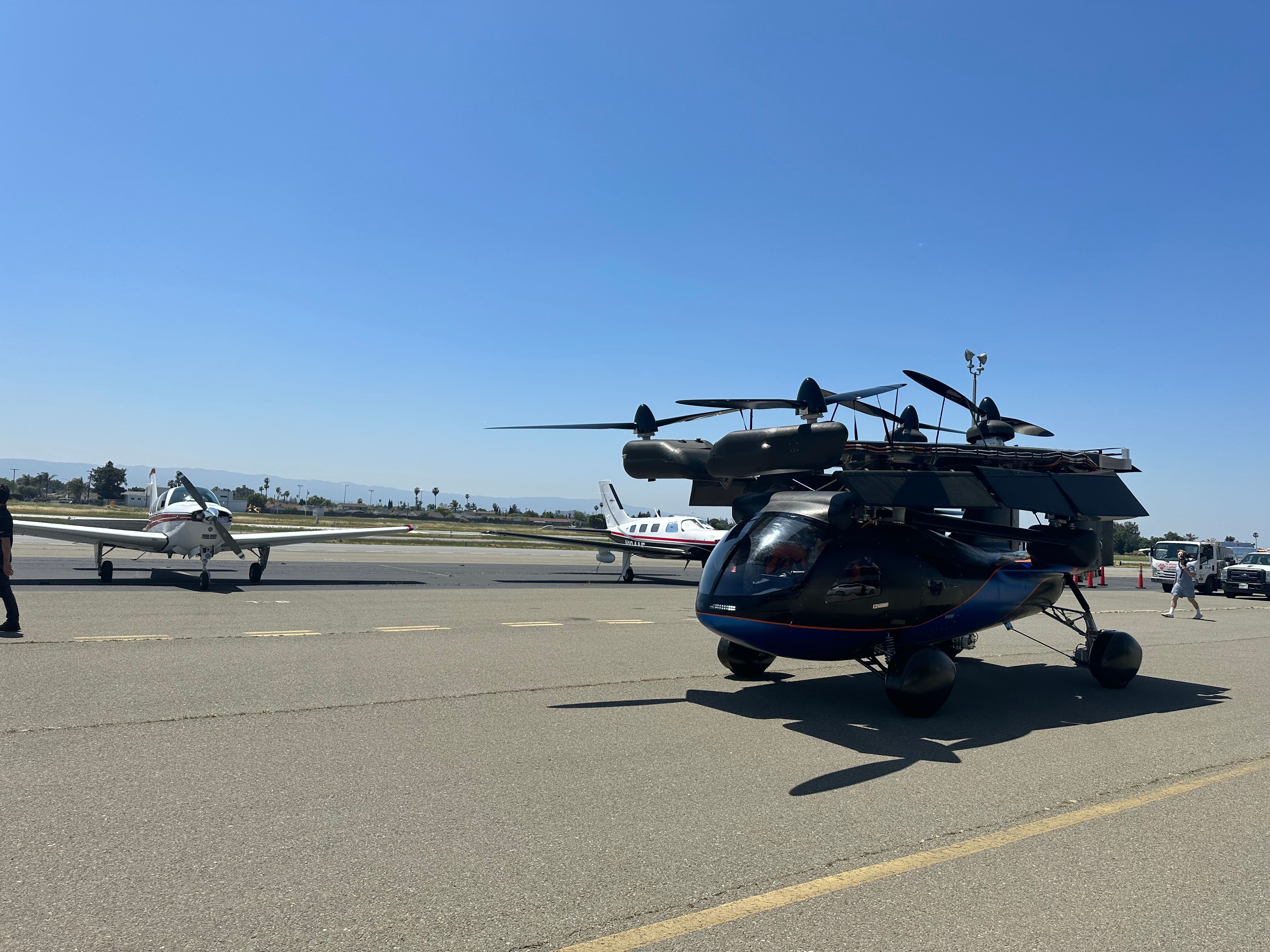Flying cars have been around for a while in terms of experimental vehicles and the concept isn’t altogether new. It’s often thought of as something from a sci-fi movie or futuristic scenes of how the world might look. However, this year it seems they may become a reality with several manufacturers launching their ‘flying cars’ for sale and taking reservations. Let’s look at some of the latest and most popular models.
These ‘flying cars’ are designed to operate both on the ground and in the air, as the name suggests. Some of these make use of eVTOL technology, allowing for a vertical take-off and landing in a limited space and can be powered by electricity alone.
Other models are hybrids and may need runway space. They can also vary in terms of range, speed (in the air and on the ground), take-off weight and passenger capacity (usually between one and four also, including the ‘pilot’).
Photo: PAL-V
The Liberty by PAL-V
The Liberty can seat two people and comes at a cost of $322,000. It has a range of 817 miles on the ground and can reach a speed of 100 miles per hour. It can transform into a gyrocopter in just five minutes.
In the air, it has a range of 250 miles and can cruise at 11,000 feet. There is also a sports edition and a limited ‘Pioneer’ edition. PAL-V has showrooms in Germany and the Netherlands, where their headquarters is based. A Dubai company has signed a deal with the company to purchase 100 of the models.
Photo: Samson
The Switchblade by Samson
The Switchblade also seats two and is more affordable at $170,000. In the air, it has a range of 450 miles and can reach a maximum air speed of 125 miles per hour at 13,000 feet. On the ground, it can reach speeds of 125 miles per hour.
The wings and tail swing out in three minutes. A driving license and flying license are required to operate the Switchblade and it requires a runway and is not VTOL. The model has recently been upgraded in production and can be reserved. There have been over 2000 reservations so far via the Samson website.
Photo: Pivotal
The Helix by Pivotal
The Helix is an eVTOL vehicle that seats just one person and can travel 20 miles at a cruise speed of 63 miles per hour, so it is somewhat limited. Also, it cannot move on the ground by itself and can only operate in daylight. Its basic price is $190,000 and is entirely run by electricity.
The Helix can be purchased from their website, and they plan for shipments to be made in 2025. The surprising thing about this one is that no flying license is required and Pivotal includes a complete training course, which is mandatory.
Photo: ASKA
The ASKA A5
The 4-seater electric hybrid VTOL has been designed over a seven-year period and is still in its testing phase. It has a range of 250 miles in flight and can reach up to 150 miles per hour at cruise speed.
The A5 has extra safety features including a backup engine, large wings and three in wheel motors. Added to that, it has a ballistic parachute. Being larger than the other variants of flying car, this model is anticipated to cost $789,000 and is available for pre-order on their website.
Other models of note
With so much interest in the market, there are quite a few options to choose from. The H1 by Doroni Aerospace can reach a maximum of 140 miles per hour on the ground and 100 miles per hour in the cruise. It can be charged from 20% to 80% capacity in just 15 minutes.
Currently in the testing phase, it is expected to be priced between $130,000-$150,000. The Model A by Alef can be pre-ordered and is the first flying car to receive an airworthiness certificate from the FAA.
The Klein AirCar has received the same from the Slovak authorities. The Aeromobil converts from ground to air in just three minutes and has been under research for over ten years. There are two options to choose from; the AM.2 and the AM.4 (two-seater and four-seater) and they are inspired by the mythical winged horse, Pegasus.
Challenges ahead
Although we are seeing a taste of things to come and what the future of transportation may look like, there are still many challenges ahead. Some of these include:
- Infrastructure: Suitable runway space is needed for take-off and landing and air traffic management systems for flying cars is a critical issue.
- Costs: The cost of flying cars will be out of most people’s reach.
- Technology: Further advancement in technology is needed to ensure that flying cars are reliable, safe and fit for purpose.
- Regulations: Clear guidelines and regulations must be put into place for the operation of flying vehicles. This includes safe operations, licensing and airspace restrictions.
It seems that flying cars will, in time, transport us in the future. There are lots of models being tested at the current time and some are already in production and up for sale or reservation. Once the aforementioned challenges are met and are consistent with safety regulations, it will only be a matter of when and no longer ‘if.’
